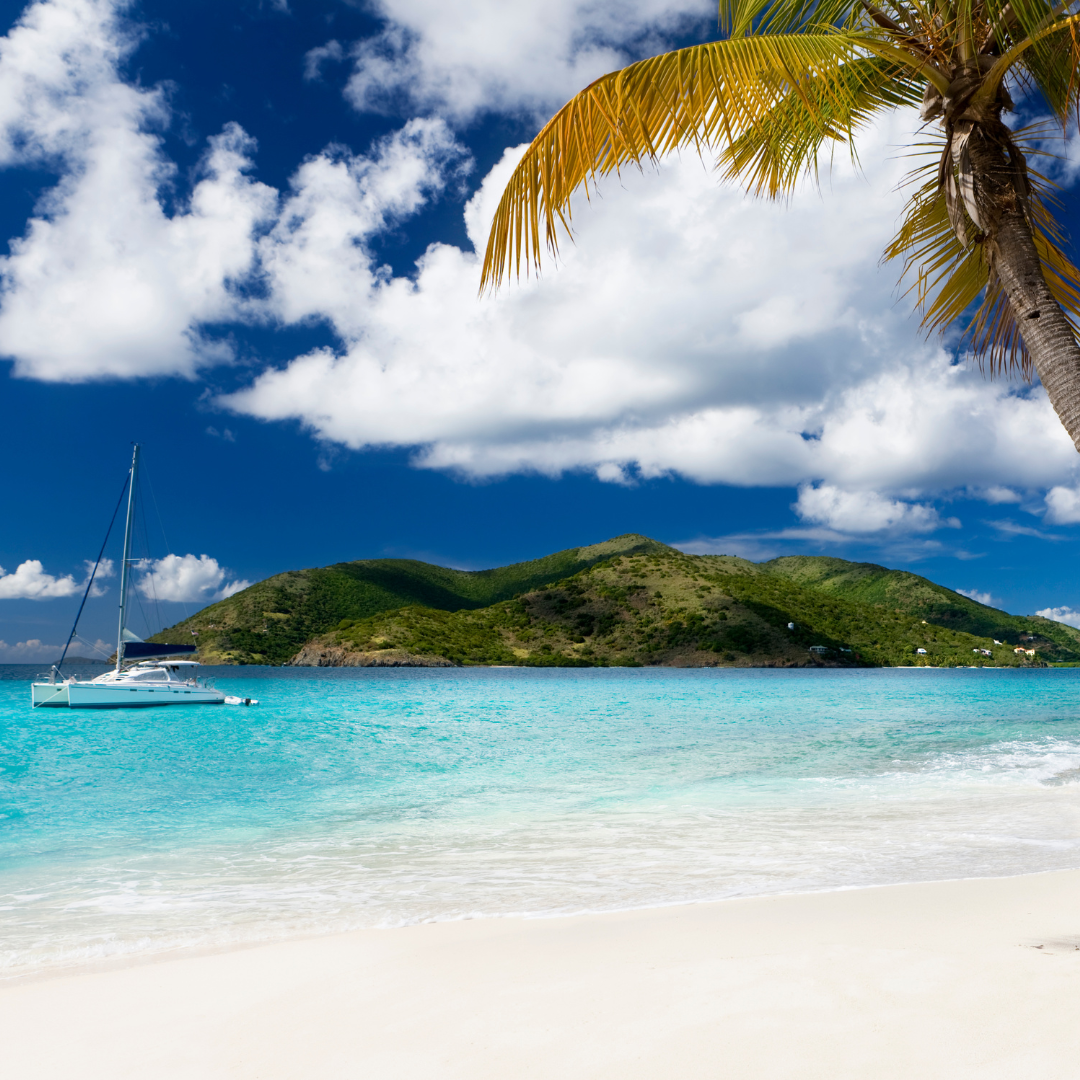The Beauty of Nicaragua’s Caribbean Islands: From Corn Islands to Pearl Cays

The Caribbean coast of Nicaragua, with its turquoise waters, vibrant coral reefs, and rich cultural tapestry, holds a world of wonder waiting to be explored. Far from the hustle of urban centers, the islands here offer a rare blend of natural beauty and cultural authenticity. From the rhythmic beats of local music to the serene hush of secluded beaches, every moment on these islands resonates with the heartbeats of nature and generations of islanders who call this paradise home.
Big Corn Island: A Blend of Cultures and Stunning Beaches
Situated roughly 70 kilometers from Nicaragua’s mainland, Big Corn Island is a captivating blend of cultures and scenic beauty. The island’s history as a British colony is evident in the English-speaking Afro-Caribbean community that thrives here. Strolling through its streets, one can encounter vibrant Creole houses, aromatic local eateries, and sounds of reggae and calypso. The island’s beaches, such as Sally Peachy and Long Bay, are stretches of golden sand fringed by swaying palms, perfect for relaxation and water sports.
Little Corn Island: A Diver’s Dream and Car-Free Oasis
A short boat ride from its larger sibling, Little Corn Island is a slice of unspoiled paradise. The absence of cars and motorbikes adds to the island’s tranquil ambiance. This is a place where the only sounds are those of the ocean, rustling palm leaves, and distant island melodies. The waters surrounding Little Corn are a diver’s dream, with vibrant coral reefs teeming with marine life. Dive centers on the island cater to both novice and experienced divers, making underwater explorations accessible and enriching.
The Untouched Beauty of the Pearl Cays
The Pearl Cays, a group of 18 tiny islands and cays, epitomize untouched beauty. These specks of land, surrounded by the azure Caribbean, are havens of biodiversity. Mangroves, sea grass beds, and coral reefs nurture a plethora of marine species. On land, the beaches, often untouched by human footprints, offer serene retreats. Due to their ecological significance, several of these cays are part of protected areas, ensuring that their beauty remains preserved for generations to come.
Indigenous Communities and Caribbean Traditions
Nicaragua’s Caribbean islands are not just about natural beauty; they are strongholds of indigenous cultures and traditions. Communities such as the Miskito, Garifuna, and Rama have called these islands home for centuries. Their traditions, from dance and music to folklore and crafts, add layers of cultural richness to the islands. Participating in community events, feasting on traditional dishes, and engaging in local storytelling sessions offer travelers insights into the islands’ soul.
Diving and Snorkeling: The Colorful Reefs of the Caribbean Sea
The waters of Nicaragua’s Caribbean islands are a mosaic of colors and life. Coral formations, such as brain corals, sea fans, and elkhorn corals, provide habitats for a myriad of marine species. Schools of colorful fish, graceful rays, and occasional sea turtles can be spotted during diving and snorkeling excursions. The clarity of the Caribbean waters ensures that every underwater adventure is filled with vivid visuals and memorable encounters.
Island Wildlife: From Tropical Birds to Vibrant Marine Life
Beyond the underwater realm, the islands are teeming with wildlife. Tropical birds, such as the frigatebird, pelican, and booby, can often be spotted soaring in the skies or perched on coastal trees. Iguanas bask in the sun, while hermit crabs scuttle along the beaches. The mangroves and wetlands of the islands are vital breeding grounds for several species, making these areas crucial for conservation and ecotourism initiatives.
The History and Significance of the Miskito Cays
The Miskito Cays, a group of low-lying islands and sandbanks, have historical and cultural significance. Named after the Miskito people, these cays have been sites of trade, fishing, and cultural exchange for generations. Their strategic location made them pivotal during colonial times, with tales of pirates, traders, and explorers associated with them. Today, they serve as reminders of the region’s maritime heritage and the intricate weave of histories that shaped the Caribbean coast.
Nicaragua’s Caribbean islands are realms of wonder, where every grain of sand, ripple in the water, and note of island music narrates tales of nature, history, and culture. Exploring these islands is not just about basking on beaches or diving into the blue; it’s about connecting with the rhythms of island life, understanding the stories of its people, and cherishing the delicate balance of ecosystems. As the sun sets over the Caribbean, casting a golden hue over the islands, there’s a profound realization: True beauty lies not just in scenic vistas but in the harmony of nature, traditions, and the timeless bond between land and sea.


